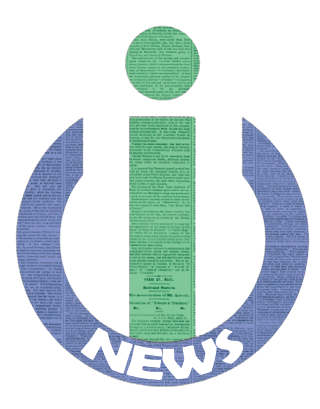Remembering the Holocaust
January 16, 2020
Over the course of the Holocaust, six million Jews were murdered. Approximately 42,500 ghettos and camps came into existence throughout Hitler’s rule in Germany from 1933-1945. The Holocaust is considered one of the most horrific war crimes ever committed. The Museum of Jewish Heritage, located in Battery Park, is a memorial dedicated to the horrifying events of the Holocaust. The museum is mainly focused on the Jews who were murdered during World War II. These photos capture the horror and tough truths of the Holocaust.
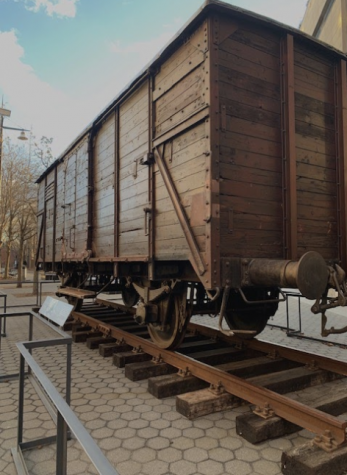
entrance to the museum. This individual
car held at least 150 people at one time,
carrying them to their deaths. One Holocaust
survivor quoted in the exhibit claimed that
everyone was “pushed like sardines” into
the train cars by SS men (Schutzstaffel
organization).
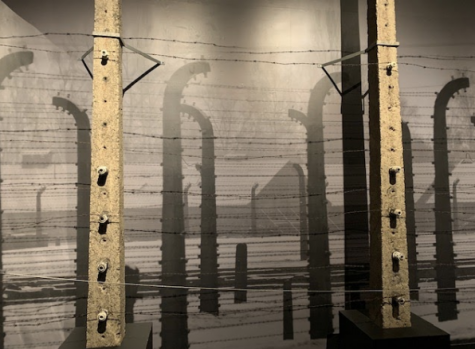
the exhibit is barbed wire from Auschwitz.
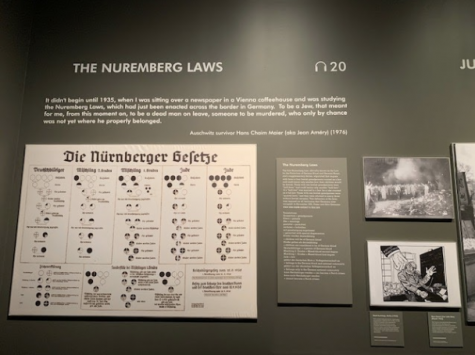
This poster is from 1934, and it portrays the
Nuremberg Laws. The first Nuremberg law, known
as the Law for the Protection of German Blood and
German Honor, declared that anyone with three to four
Jewish grandparents counted as a Jew, could only
marry another Jew, and would have Jewish children.
This poster is also what classified Jews as a race, not a
religion. Jews were defined as a biologically separate group,
and this poster excluded them from German citizenship.
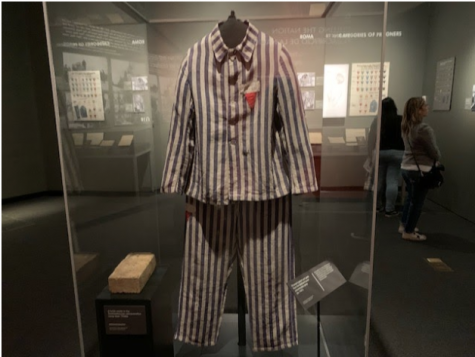
locked away and working in a concentration
camp. Some of the work was
as useless as moving gigantic heavy rocks one
day from one side of the field and then back
to the original spot during the following day. Another job
was sorting clothes. One Holocaust survivor, who later
tells her story on film, said that she was sorting
clothing one day that came off those thrown
into gas chambers, the top sweater happened
to be her brother’s.
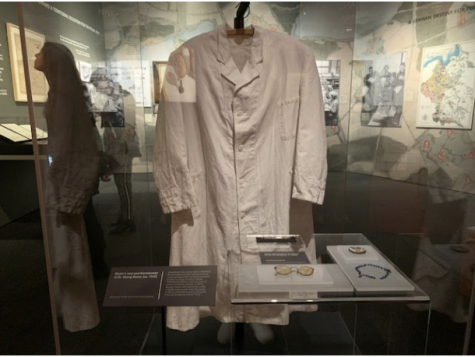
for doctors was to evaluate inmates regarding their value
for work capacity or to decide if they should be put to death.
Georg Renno, a doctor, became the director of the mass
murder T4 program (program to kill mentally disabled, ill,
and elderly people) in 1943.
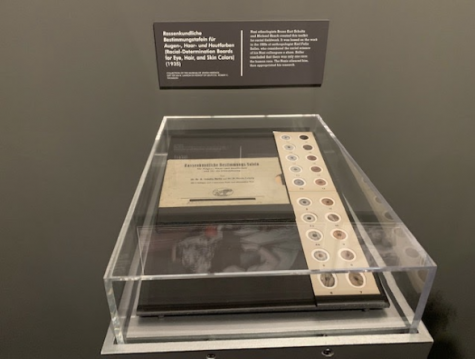
skin color were assessed. Being born in Germany
just was not enough to be considered German. You had to look
the part too. In order to be a “pure” German, you had to have blond
hair, blue eyes, and pale skin.
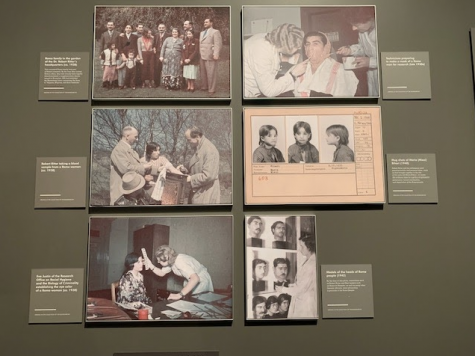
being evaluated for “purity.”

This young girl is just fourteen years old.
She was taken to a concentration camp with her
mom in 1942, and they were separated from each other
later on. The child was beaten on the face just before
this photo was taken, and she later died in 1943.
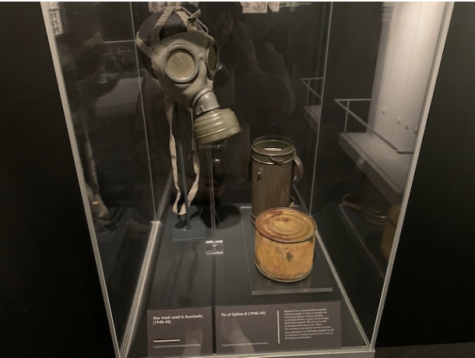
that contributed to the mass murders of the Holocaust.
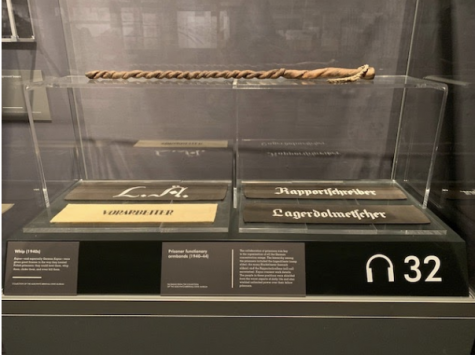
whipped for trying to get extra food, not working
hard enough, for creating a toy, and even for no
reason at all. Nazis viciously used these whips.
People’s lives could be ended from one harsh beating.

where people were headed.

things start to become the most heartbreaking.
This is a pair of socks once worn by an eight year old
girl. She wore these socks, handmade by her mother,
to muffle her footsteps when in hiding.
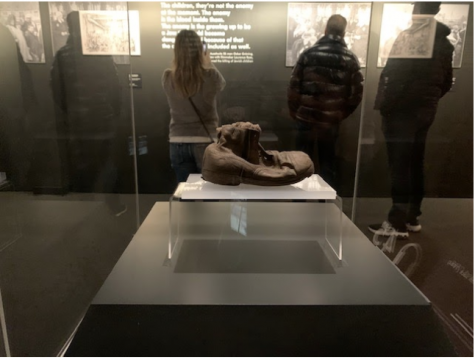
before entering what he thought was just a shower.
He left that shoe and sock waiting, but never got
to put them back on.
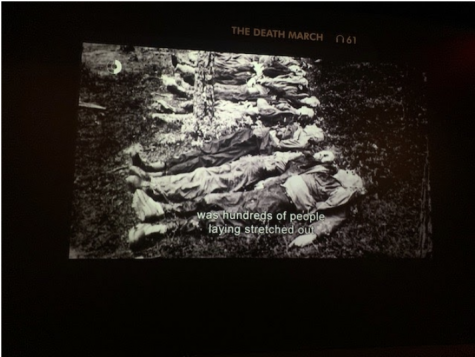
Death March. Jews walking this march had to continue
walking all through the day and all through the night,
until they reached a huge field, where they could finally
get some rest. Everyone was so hungry that all the grass
in the field was gone in a matter of minutes. Along the
walk, many of the people died from starvation and exhaustion,
as shown above.

made from foods loaded with starch,
which didn’t make for a healthy or satisfying meal.

toward the very end of the third floor, just before you
exit the whole exhibit.
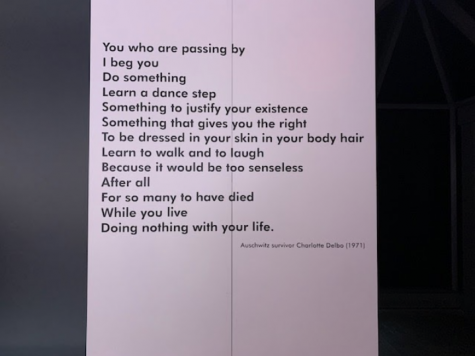
shown at the very end of the exhibit. So many people were
murdered purely because their religion or their physical traits
did not meet German standards proclaimed by Hitler.
This survivor is encouraging all of us to make
it a point in our lives to do something that matters. We must do
something to validate our existence so that the 6 million Jewish
deaths will not have been for nothing.
